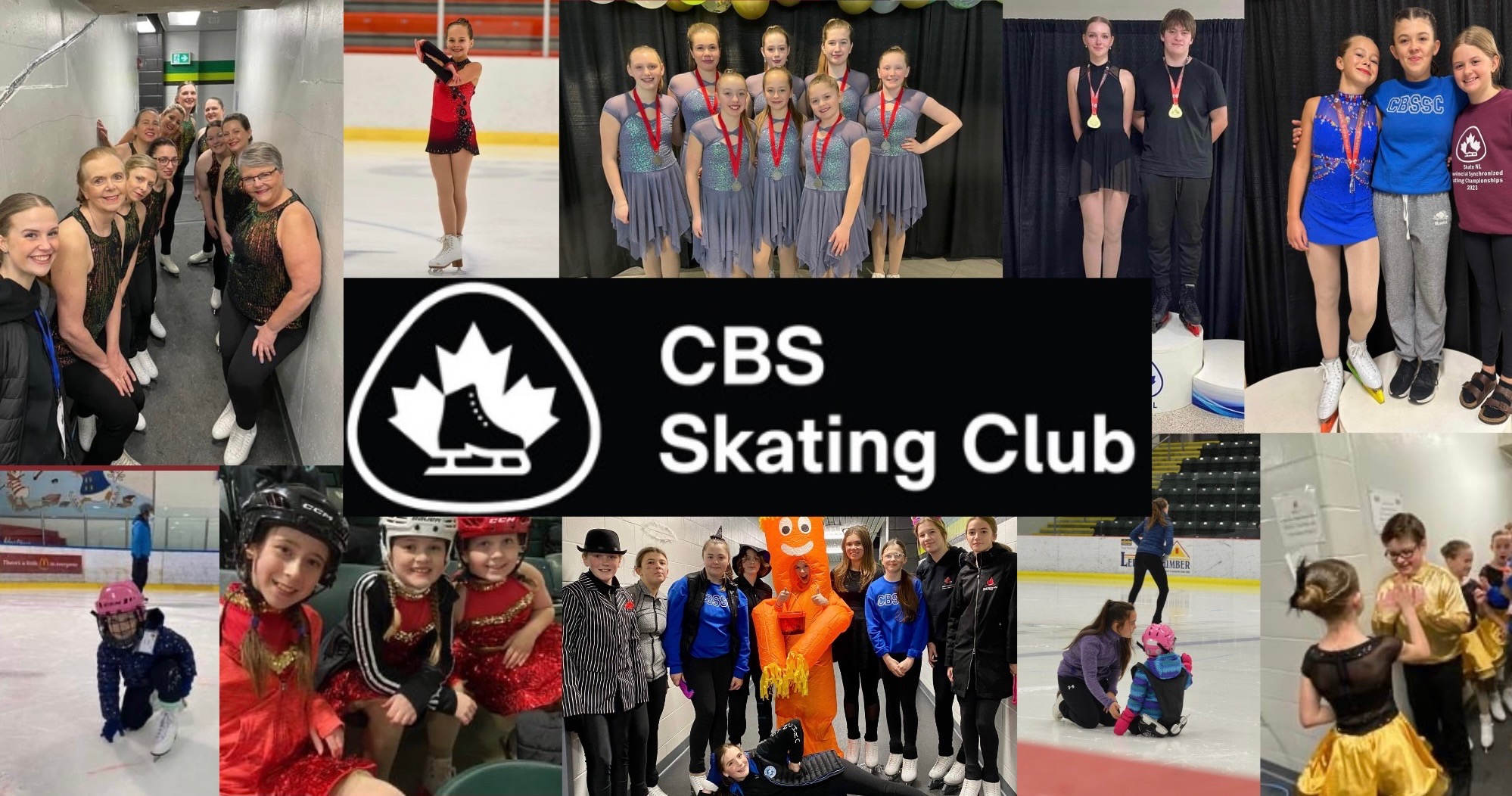
Top Content Title
This is an additional section to be able to add content
Ice Etiquette Policy
The following basic guidelines must be observed for safety, and to ensure that everyone can make effective use of their ice time. Remember you are not out there alone and each person needs to be responsible for everyone else's safety.
1) Courtesy
First and foremost is courtesy. It is essential to respect the rights of other skaters and be constantly aware of who is around you. If you seem to be surrounded by skaters of significantly greater or lesser skills, be especially careful! Strive to avoid collisions!
2) Right of Way Guidelines
a. Right of way goes to the skater who doesn't see the potential for a collision: We all try to give way to skaters performing programs or taking lessons, but safety is the most important factor. Just because your music is playing doesn't give you the right to put anyone in danger.
b. Lessons: Skaters are often looking at their coach when they would otherwise be looking around the ice. Attention is divided.
c. Programs: Complicated choreography and fatigue make it more difficult to avoid collisions. Learn to listen to the music and know which music goes with which skater. After some time, it's also possible to learn some of the patterns in others' programs, e.g. a straight line diagonal footwork sequence goes with the boom/boom/boom part of the music, etc.
d. Spins: You can't see anything when you're spinning. Never skate close to a spinning skater, even if your music is playing. Always give spinners enough space to change positions into a camel spin (e.g. don't skate close to a sit spin because it may not be a sit spin anymore when you get there).
e. Competitions/Test Days: During the week prior to a competition or test session, skaters competing or testing will have priority over those not competing or testing.
3) Know where skaters are likely to jump – Lutz Corners
Avoid standing, spinning or teaching in the Lutz corners or near the boards where edge jumps will take place. Remember that the approach to a Lutz is long and blind. The skater doing the Lutz is not likely to see you.
4) Falls and Injuries
If you should fall get up quickly. Remember that the other skaters will have a much harder time seeing you when you are down low on the ice. Don't stay there any longer than you have to. If you see someone else is that has fallen and may be injured, don't just drag them off without being certain that doing so won't hurt them further. If you suspect that someone is seriously hurt, the best thing to do is,
- Have someone stand "guard" over them to make sure that other skaters avoid collisions with them; and
- Get a qualified adult to come and help them. A blanket or warm-up jacket/sweatshirt laid over them might help to keep them warmer while waiting for a qualified person help to arrive.
5) Don't try to run or hide
Trying to "outrun" a faster skater won't help you get out of the way. Skate in a direction other than their path of travel while keeping them in your line of sight. And, hiding doesn't work. Trying to stay out of the way by only skating at the end of the rink or near a corner is not effective. The most "out of the way" place on the ice is on the red dot smack in the center. Skating only at one end along the hockey lines or in the corner makes it difficult for others to jump.
6) Don't Stand Around
Keep moving at all times. Refrain from standing around and visiting on the ice. This wastes expensive ice and presents an additional hazard for other skaters to avoid.
Bottom Content Title
This is an additional section to be able to add content
